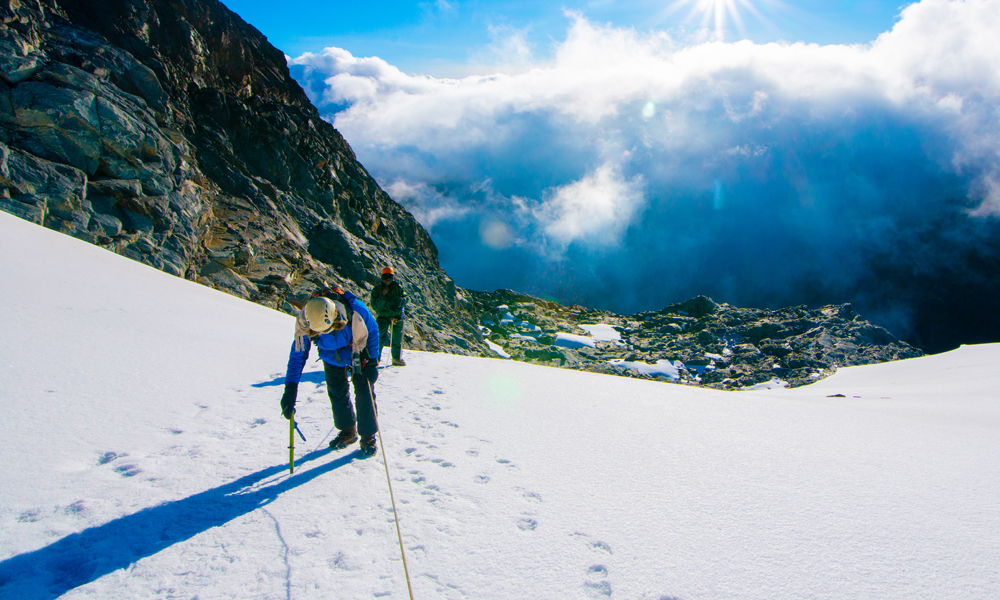The Rwenzori Mountains National Park is a magnificent landscape that is shielded by the Rwenzori Mountains, also known as the “mountains of the moon.” The park is home to a surprising variety of animal species, some of which are unique to the area. It is recognised more for its flora than its fauna because it winds through a number of vegetative angelic zones, including local communities’ farms, montane forests, bamboo covered in mimulopsis, a heather zone that is distinguished by enormous tree heathers and gorgeous forms of giant lobelia. The forest is elevated to a height of 5109 metres above sea level, with Margherita as its highest peak.

A few miles from the equator, the only snow-capped mountain in the Rwenzori Mountains National Park suggests that it enjoys warm temperatures. The park is home to a variety of animals, some of which are unique to the Rwenzori, including elephants, giant forest hogs, bushbucks, leopards, primates like the black and white colobus monkey, blue monkeys, and rare species like hyrax. It should be noted, though, that animals in this park are extremely shy and therefore difficult to find. It features more than 200 species of birds, the majority of which are exclusive to the Albertine Rift Valley. Common species include the malachite sunbird and Rwenzori turaco.
The central circuit trail is typically organised by Rwenzori Mountaineering Services, which starts the adventure at Nyakalengija. They provide guides and porters to carry heavy equipment in case one needed assistance. Since the Rwenzori region is cold, it is advisable to carry raingear, spare clothes, water, phone covers, sleeping bags or mats, hand gloves, and any other material you may need for the trip. Climbing Mount Rwenzori is a popular park activity.
Bird watching and guided nature walks are offered in addition to the opportunity to see the moon’s mountains, which were first identified on a map by the geographer Alexandrine in 150 AD. Although the area is undeveloped, there are basic huts, camping spaces, and guestrooms for Rwenzori mountaineers along the central circuit, which is connected to the Kilembe trail by the Rwenzori backpackers hostel. Additional lodging options are available at the neighbouring Fort entrance and the settlements of Kasese, which are close to Queen Elizabeth National Park.
The park receives 2500mm of rainfall annually and is about 375 square kilometres by road via the fort portal. Charter flights from Entebbe or Kajansi to the closest airstrip in Kasese can be arranged. The park is open year-round, but is best visited in the dry seasons of December to February and June to mid-September. The number of visitors going mountaineering has grown over time. Although there are not many visitors to the national park, those who do make it there will undoubtedly enjoy the beauty of nature. There is an angelic vegetation zone along the mountain’s paths.
